Last year’s stacked lineup of games for the Game Awards had us thinking: What was the best year in gaming? As part of our series on determining gaming’s best year, we’re putting together an article on each year, charting the major releases and developments of the year, and talking about both their impact and what made them great.

The Year: 1998
This is it. The clear one-seed in our tournament, coming in off a 72-2 season, banners hung all over the stadium. 1998 is the most stacked year in gaming. The Saturn had one last hurrah and in the process gave us the console’s best game. Nintendo released the N64’s best game by a country mile while Pokemon hit the US and changed the face of gaming forever. The PlayStation had hit after hit after hit after hit. Games Workshop released Warhammer 40,000 third edition, dramatically refining the game’s play and streamlining it. And PC games were on fire. 1998 is a year when it just all came together for the games industry. Everyone was firing on all cylinders and no matter what type of games you play or genre you’re into, there’s probably a game in the mix which is either among your favorites or directly influenced your favorites.
Hasbro Buys Avalon Hill
Avalon Hill is a tabletop gaming company who mostly produce board games. Their fingerprints are on a ton of popular games, from Betrayal at the House on the Hill to Stalingrad. The company was founded in 1952 and produced a ton of strategic board games in the decades following. The company was purchased by Monarch Office Services in 1971, becoming Monarch Avalon. In a hilarious twist, and the second biggest “hindsight is 20-20” mistake we’ll talk about in this series (the first being John Madden turning down EA stock), in 1974 Avalon turned down Gary Gygax and Dave Arneson when they pitched Dungeons & Dragons to the company. Avalon Hill would eventually get into computer games in the 80s, working to make digital versions of their board games.
By 1995 the company’s board game sales were flagging, and the same was true for their computer games. They hadn’t had a hit in five years. In 1998 Monarch sold Avalon Hill to Hasbro, who promptly laid off the company’s entire staff – Hasbro was mostly interested in the company’s IP.
Windows 98
Three years after Microsoft introduced Windows 95, they replaced it with Windows 98, which worked mostly as an improvement on its predecessor rather than a brand new architecture. Windows 98 was notably better for games, having better memory management, USB support, and better stability.
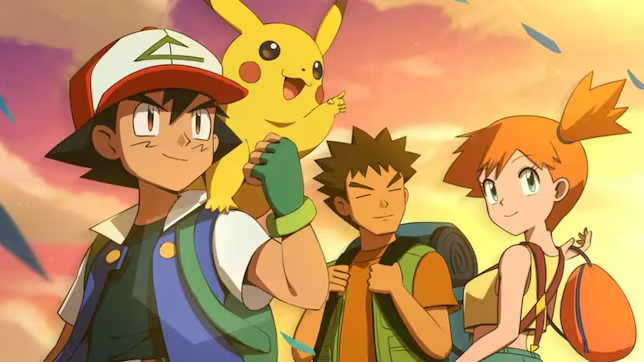
Pokémania Grips the World
Alright, bear with me. The original Pokémon – Red and Green – was released to the Game Boy in 1996. In that same year, Media Factory began printing the Pokémon Trading Card game. For the first year or so, people kind of slept on the game; it was a good game but the Game Boy was nearly a decade old. Nintendo had just released a new smaller Game Boy Pocket model, but that was more a happy accident, and not something planned to coincide with the game’s release – I cannot stress enough how nobody saw this coming.
The card game was a major factor here; the game was an immediate success in Japan, fueling interest in the game. That then led to the production of an anime, which was also a huge hit and further sparked interest in the card game among younger viewers, causing sales to explode. CCGs were pretty new to Japan at the time and so the Pokémon Trading Card Game was breaking new ground. By the time the games hit the US in 1998, both the video game and card game were massively popular in Japan. Nintendo spend an insane amount of money aggressively promoting the series in America and it paid off. 4Kids handled the series’ localization and anime translation while Wizards of the Coast was brought on board to handle translation and US printing of the card game. Pokémon Red/Blue became the Game Boy’s fastest-selling title, hitting four million copies by the end of the year and then it went on to be the best-selling game of 1999 as well. The game hit massive numbers in Europe as well and Pokémon became more or less the best-selling video game of all time.
Pokémon was everywhere in 1998. On TV, in stores, being discussed in media. I bought a Game Boy Color just to play it without having to lug a whole OG Game Boy around. High school kids played it on the bus on the way into school. What’s even more amazing than how hard it hit is how it’s managed to stay around and become a cultural juggernaut in the years following.

The Sega Dreamcast Kicks Off the Sixth Generation of Consoles
There are many, many reasons why the Saturn failed but the largest is that it failed to capture the US audience Sega had depended on throughout the 16-bit era. A lack of strong third-party support coupled with a consumer base who had been burnt twice before by the Sega CD and 32X promising next-generation graphics made the console a tough sell, and that’s before you add in the higher price point and increased competition from Sony’s PlayStation. So by 1997 Sega was already looking ahead to their next console.
The Sega Dreamcast launched in Japan in November 1998 followed by a US release nearly a year later. To avoid some of the Saturn’s mistakes, the Dreamcast was made very developer-friendly, with architecture similar to PCs and running a version of Windows CE. The console used mostly off-the-shelf components, and included Sega’s NAOMI arcade system board to make ports easy. To avoid the costs inherent in DVD tech at the time, the system used GD-ROMs for storage (gigabit discs, as opposed to the 4.5 GB a DVD could hold at the time). The Dreamcast was also the first console to include a built-in modem for internet play. The console’s controllers used custom memory cards with a built-in LCD screen called VMUs which could be used to show in-game information during games or removed to act as tiny handheld gaming devices.
The Dreamcast had one of the best launch lineups in the history of gaming and had amazing hardware, with a number of features which were ahead of its time. And it absolutely ate shit, killing Sega as a hardware manufacturer. Sega just couldn’t overcome the stink they’d left in the mouths of company faithful with the Saturn and 32X (it was way too soon to be on another new Sega console), and they couldn’t compete in a three-console space. On one side, Sony had built a mainstream juggernaut with unheard of third-party support and consumers were more than happy to ignore the Dreamcast in favor of waiting a year for the DVD-equipped PlayStation 2. On the other side, Nintendo’s library of first-party games was far stronger than Sega’s, so if you were looking for family-friendly first-party titles, Nintendo had you covered. And while the Dreamcast had phenomenal arcade ports, arcades had been steadily losing relevance.
We’ll talk more about the Dreamcast in the next few years as it had some stellar games but the console remains one of gaming’s great “what could have beens.”

Sonic Adventure
Two games made the Dreamcast worth paying attention to on release. The first was Sonic Adventure, the first 3D Sonic the Hedgehog game. Sonic Adventure let players play Sonic and his cast of lovable friends across six story campaigns with different play styles as they clashed with Doctor Robotnik and his plans for world domination, this time through a mysterious being called Chaos. The game combined open-world exploration with more speed-focused Sonic levels and had a real flair for visual presentation which made the levels stand out.
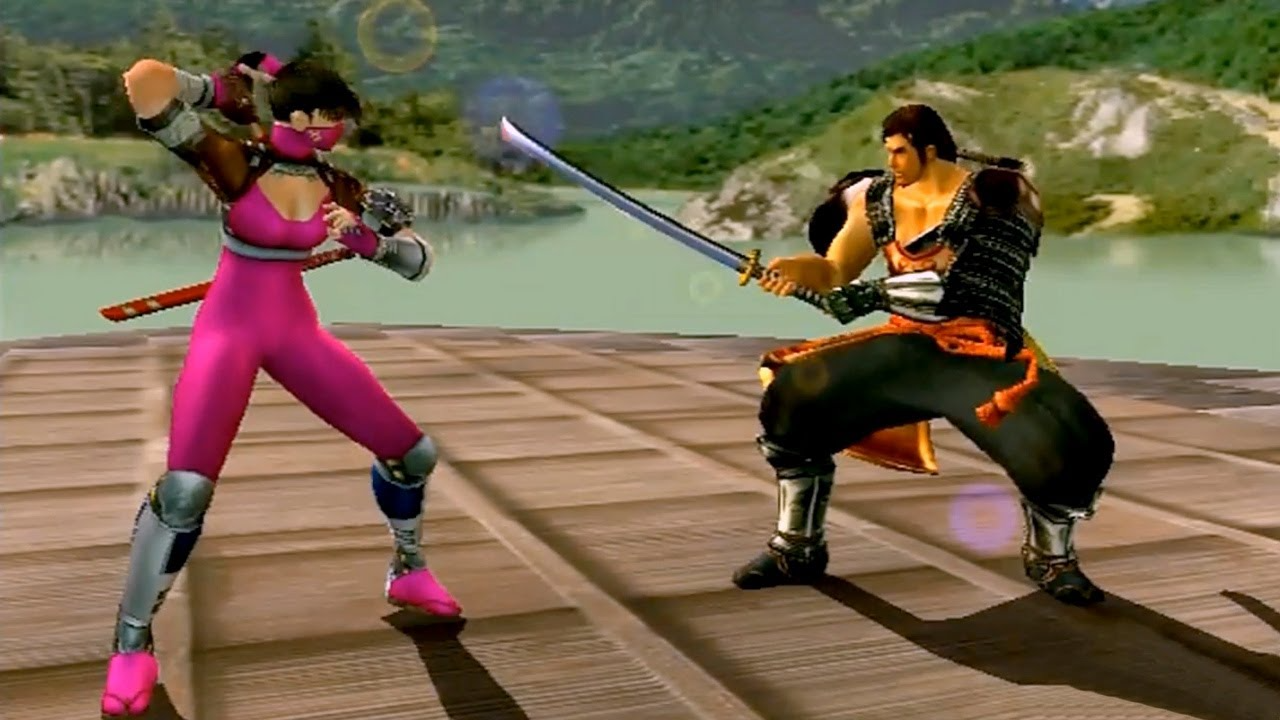
Soul Calibur
This one is kind of like Pokémon in that the original game was released to arcades in 1998 but the real gem was its 1999 release on the Dreamcast, which was a version far superior – even graphically – to the original. That said, Soul Calibur is still a fantastic game in its uglier incarnation, refining the 3D weapon-based combat of the original into an incredibly tight fighting game. Soul Calibur immediately became the Dreamcast’s killer app upon release and was easily the best fighting game of the year.
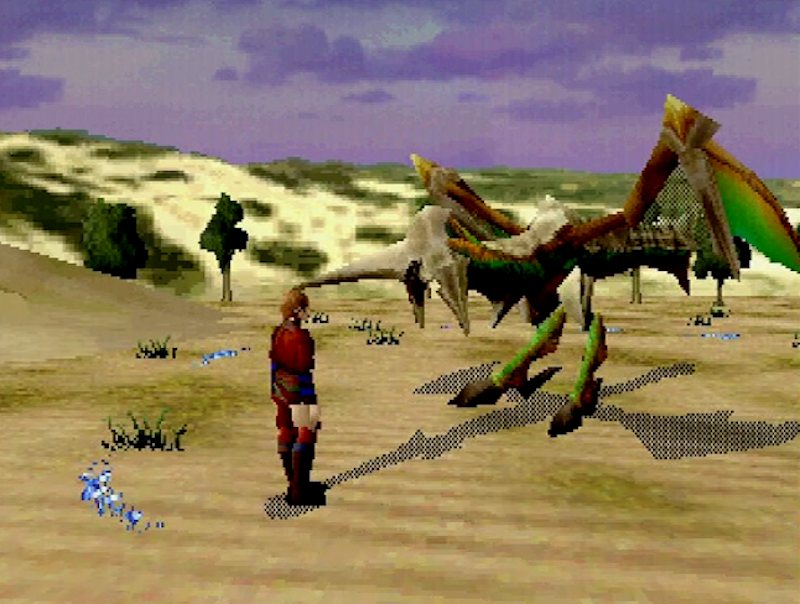
Panzer Dragoon Saga
Meanwhile, the Saturn wasn’t quite done yet. Panzer Dragoon Saga was released in 1998 and mixed things up for the franchise by being an RPG. Sega had (rightfully) determined that the Saturn needed a big RPG to compete with the PlayStation. So while Panzer Dragoon II Zwei was in the works they had their team working on Saga as well. It’s a massive, expansive RPG about a young boy and his flying dragon. It’s a bit short as it does away with a number of time-wasting content but it’s just an incredible game that never got the attention it deserved. It’s an RPG where you only have a single character in your party but you never feel like you’re alone.
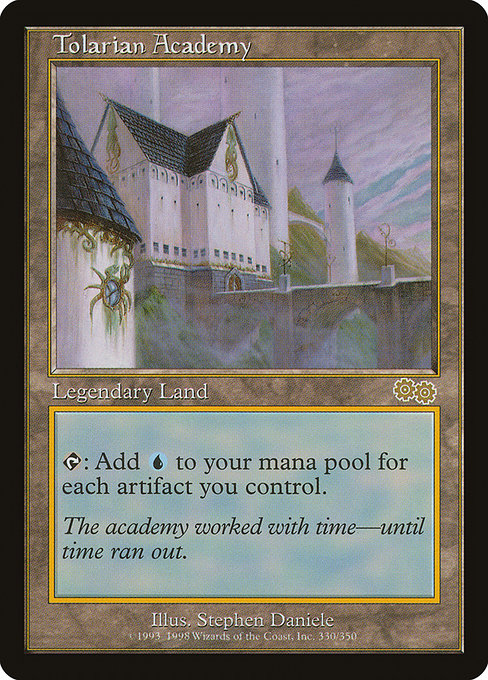
Magic: the Gathering Goes Back to Its Past with Mixed Results
Wizards of the Coast closed out the stellar work they’d started in Tempest with the Stronghold and Exodus sets in early 1998, then decided to throw it back. Magic’s large fall set was Urza’s Saga, which told the story of what happened to Urza after the end of the Brothers’ War in Antiquities. Urza’s Saga was a good set. Too good. Bonkers, broken good. The set ushered in a period of play referred to as “Combo Winter” by the community, in which first-turn kills using Tolarian Academy were a very real way of life. What followed were a set of bannings and functional errata to restore some level of normalcy but the following two sets in the block would create similar issues. Other than that, it was a pretty cool set, though.
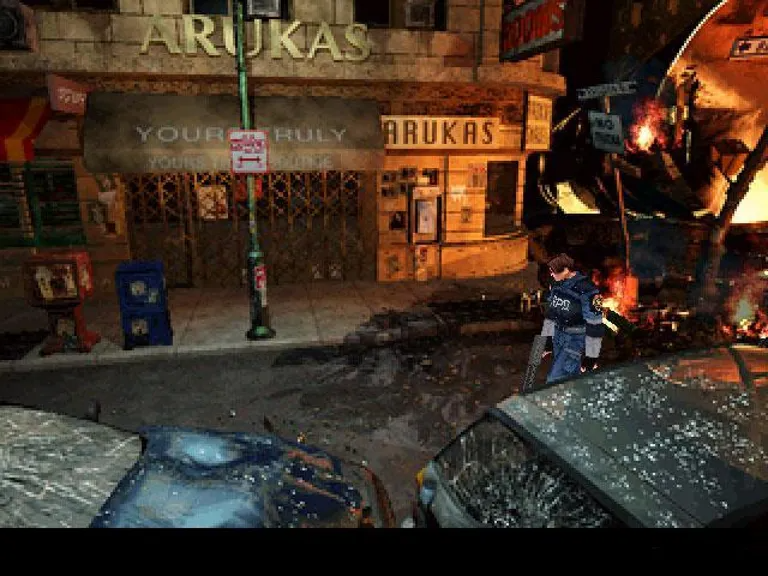
Resident Evil 2
With Resident Evil 2 Capcom brought the horror from a mansion in the middle of the woods to the heart of Raccoon City, a small town in America’s midwest. Resident Evil 2 is an incredible game – it was the best in the franchise until Resident Evil 4 came out, and I’ll argue all day long that its remake is the current champ. The game combines a wonderful pair of intertwining stories with great scares and awesome environmental design. It hits on all cylinders – working first as a zombie apocalypse, then as a haunted house, and finally an action movie. It never feels too cheesy, and it’s packed with great hidden content.
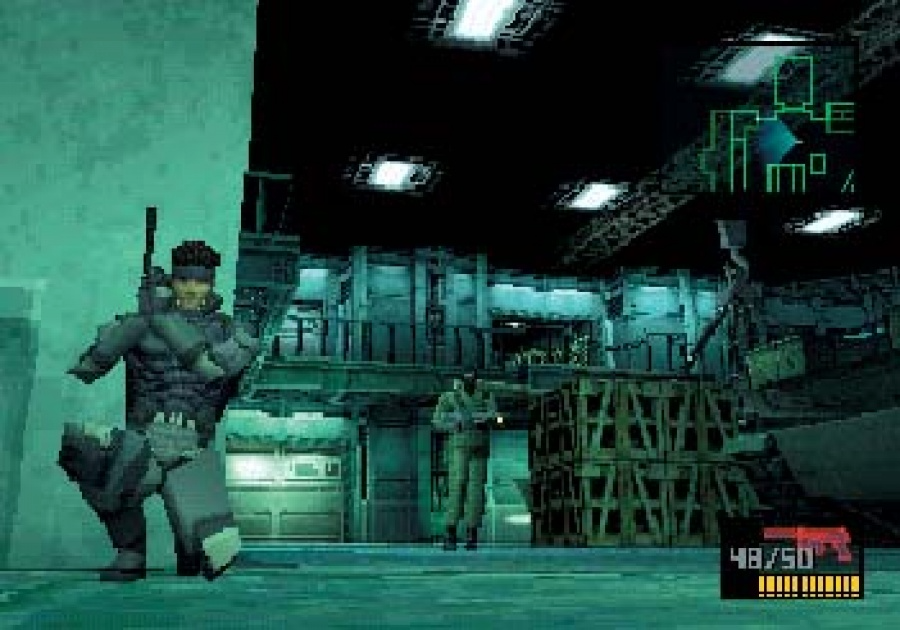
Metal Gear Solid
Metal Gear Solid was a game which, like Final Fantasy VII the prior year, really hammered home why cartridges weren’t the future of gaming. The game’s massive story was voice acted end to end, with top-notch voice talent lending their voices to Solid Snake (David Hayter), Liquid Snake (Cam Clarke), Naomi Hunter (Jennifer Hale), and Roy Campbell (Paul Eiding). In what would be a sign of the shifting times, the vast majority of the game’s cutscenes were done in-engine rather than being voice acted, reducing the disconnect between the game’s cinematics and gameplay. Metal Gear Solid is an incredibly dense game, filled with tons of secrets and tricks to its stealth systems and it completely redefined stealth gameplay while also establishing Hideo Kojima as a superstar in the industry.
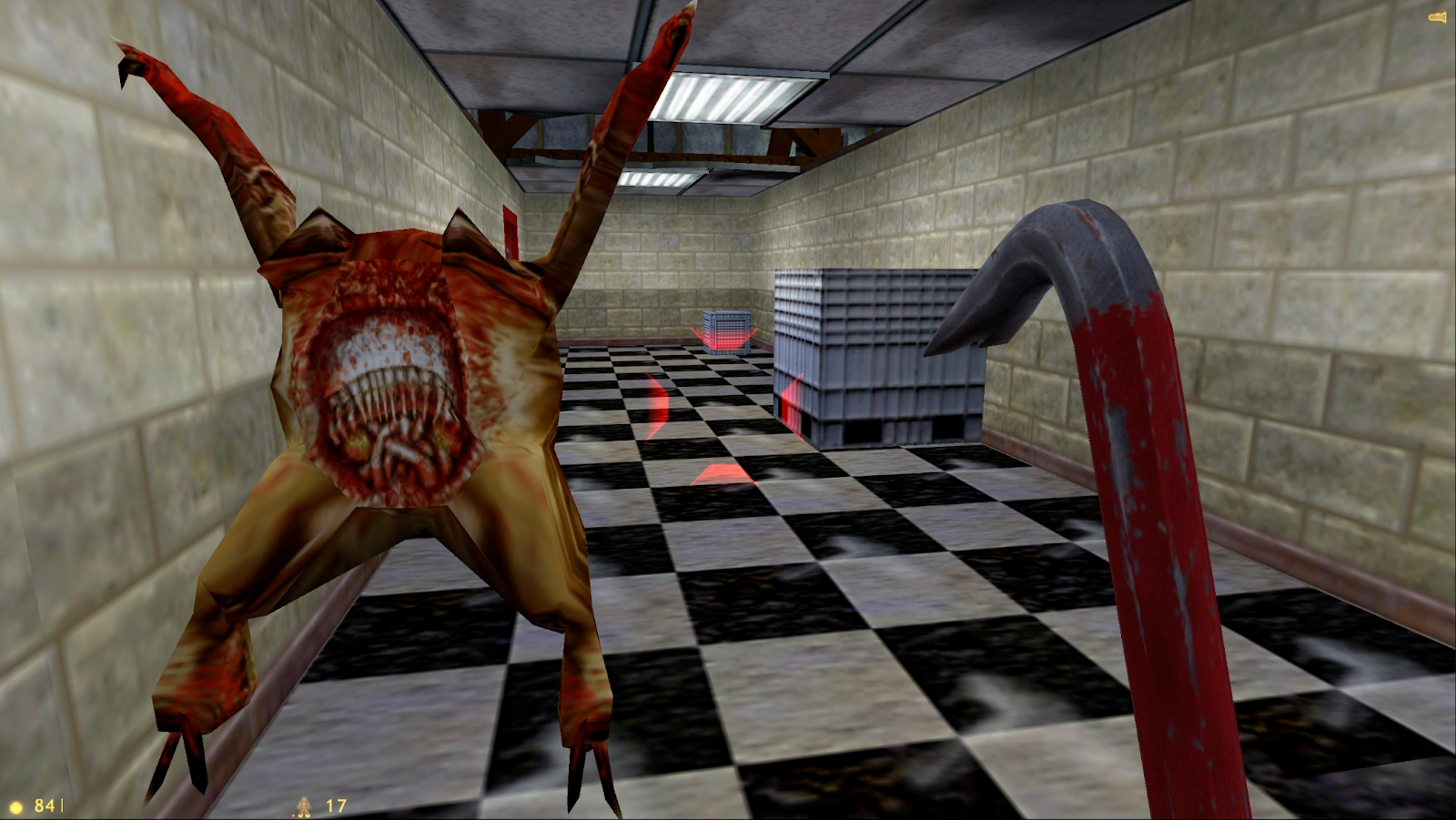
Half-Life
Oh hey another one of the most important games ever made. Valve’s Half-Life published for Windows in 1998 and completely changed the first-person genre. The biggest thing Half-Life did for gaming was really show off the power of scripted sequences to tell a story and advance the plot, allowing for cutscenes where the player was effectively put into the middle of the action as an actor in the space. The game also introduced much more complicated enemy AI and did away with levels, instead transitioning to chapters as the player progresses through the game, making the game feel like one big ongoing story rather than a series of discrete levels. Fun fact: It was also one of the first big games to use the WASD control scheme, helping shift things away from Wolfenstein 3D-style controls. Half-Life is an all-timer and many amazing games were built on its bones, like Team Fortress and Counter Strike.
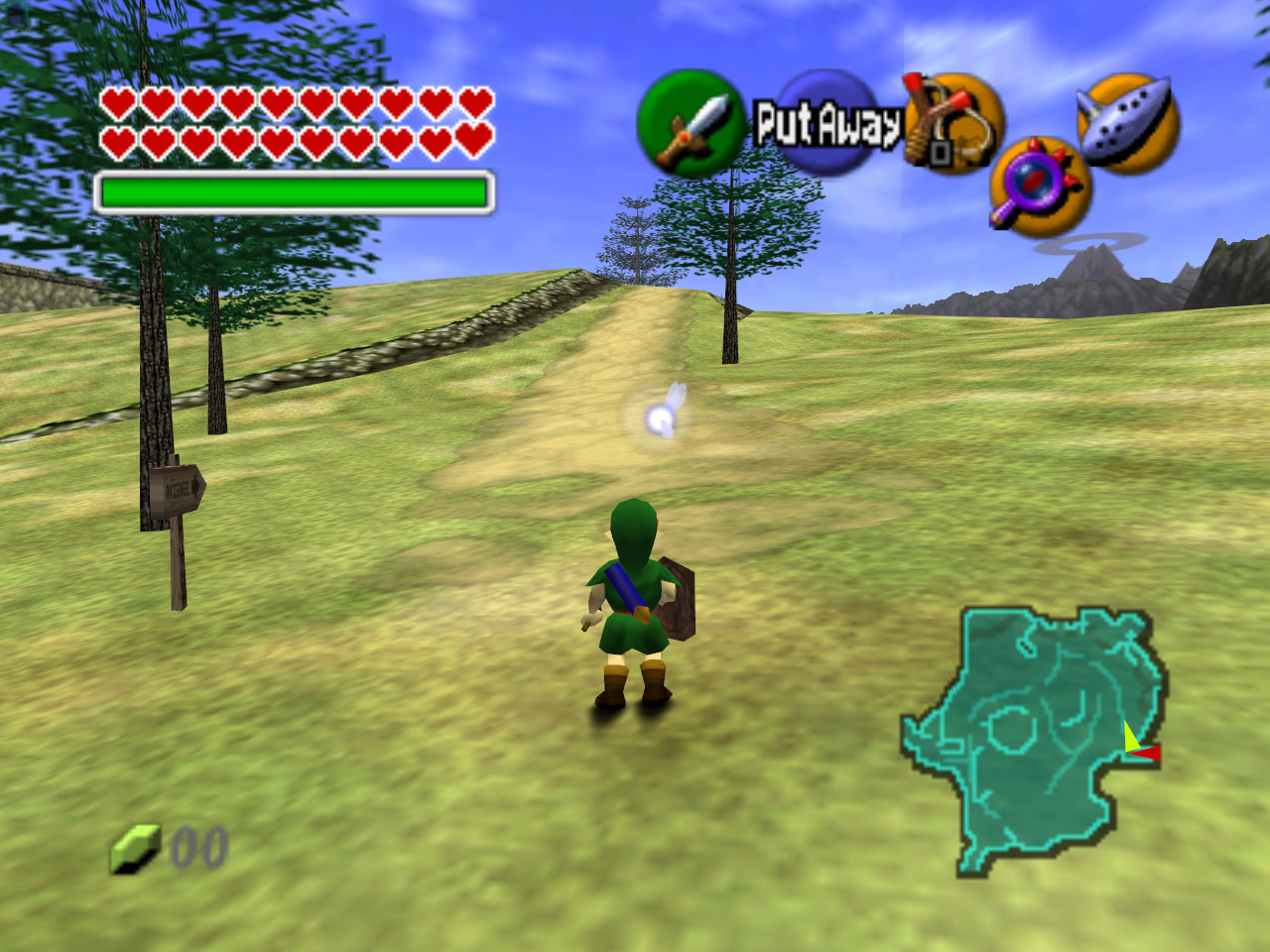
The Legend of Zelda: Ocarina of Time
Few games in history are as widely praised and universally beloved as Ocarina of Time. Released in late 1998 globally, Ocarina was the biggest Zelda game to-date, telling the story of Ganon’s rise to power and seizing the triforce. The game was as close as the N64 got to a real RPG of the era and did things no one thought were possible with the console’s hardware. The game has a wonderful mix of dungeon design, puzzles, combat, and secrets to discover, and captures well the magic of exploring Hyrule first introduced in the original Zelda. Many people and publications rate it as the best game ever made.
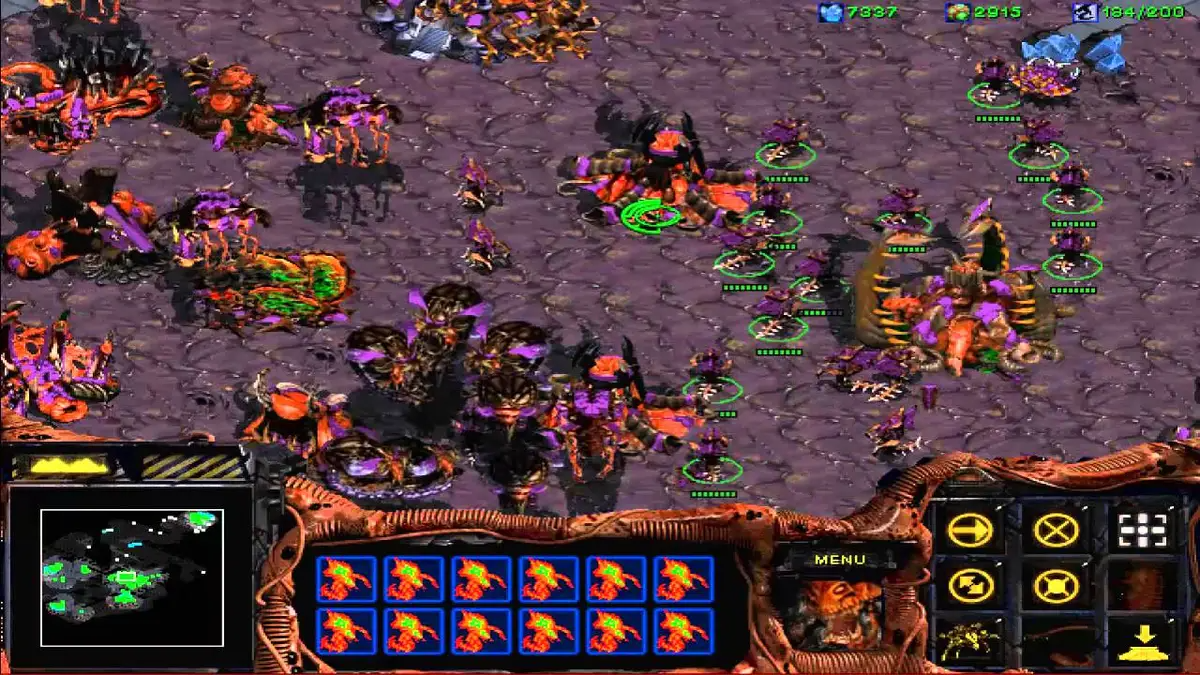
StarCraft
In 1998 Blizzard released the greatest Real-Time Strategy game of all time. StarCraft features three races to WarCraft‘s two, letting players take on the role of the (human) Terrans, Protoss, or Zerg. StarCraft was the best-selling PC game of 1998 but would go on to have a lifespan much, much longer thanks to Battle.net and the game’s massive international popularity, particularly in South Korea. StarCraft’s popularity as a competitive game made it an important pioneer in the idea of games as esports, and the game’s multiplayer is still amazing fun.
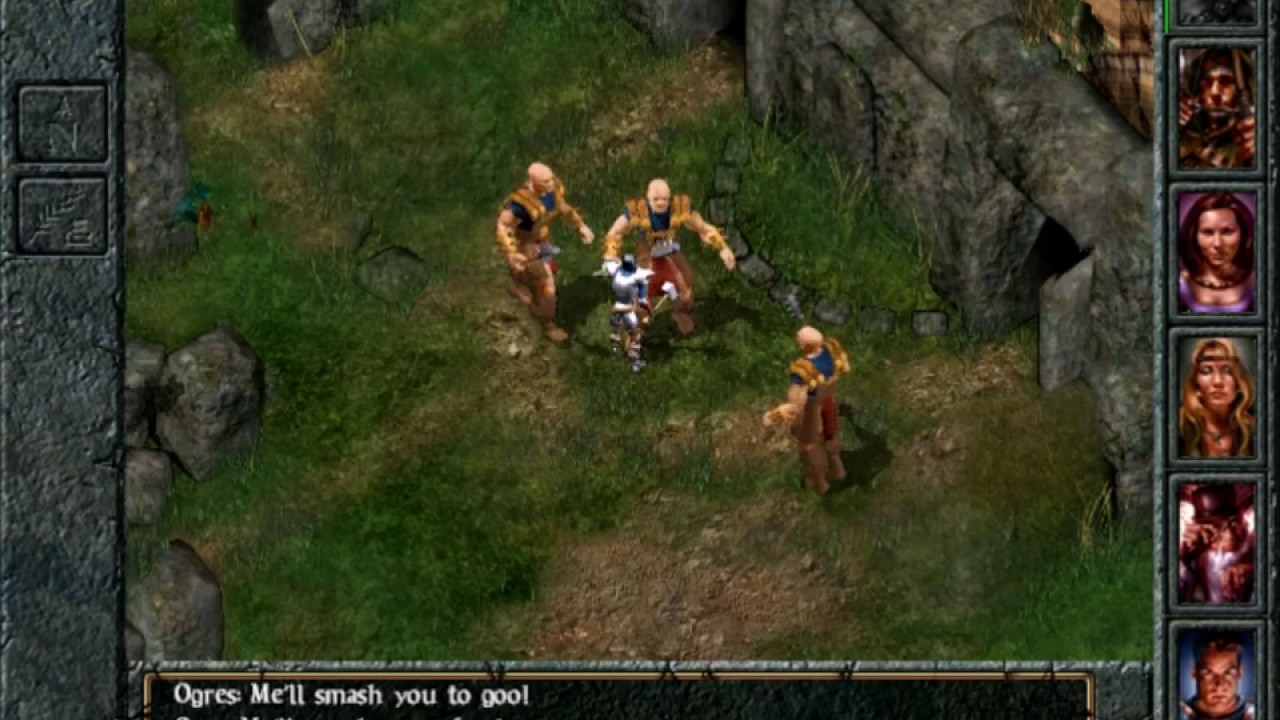
Baldur’s Gate
BioWare released Baldur’s Gate in late 1998, kicking off one of the most beloved PC RPG series of all time. Set in AD&D’s Forgotten Realms and using second edition rules, the game combines a great story (which, more importantly is well told) with solid combat, good scaling and difficulty, and a pinch of humor to create an extremely memorable experience. The game was projected to sell maybe a few copies and ended up being a blockbuster hit, selling millions of copies and saving the concept of video game Dungeons & Dragons, something which had fallen by the wayside after years of middling dungeon-diving Wizardry clones.

Fallout 2
Black Isle Studios released Fallout 2 for PCs in late 1998, improving on the open-world formula of the game’s predecessor. The game is pretty rough around the edges in a lot of ways and can at times feel like an expansion for the original Fallout, but it also has more story and is a tighter, better programmed experience. It’s also a little funnier and less serious than the original and stronger as a game, but it still has to live in the shadow of the first game and you can’t be introduced to the game’s amazing world twice. It’s often a difficult toss-up which is the better of the two for fans, but both are in the conversation for best RPG of all time.
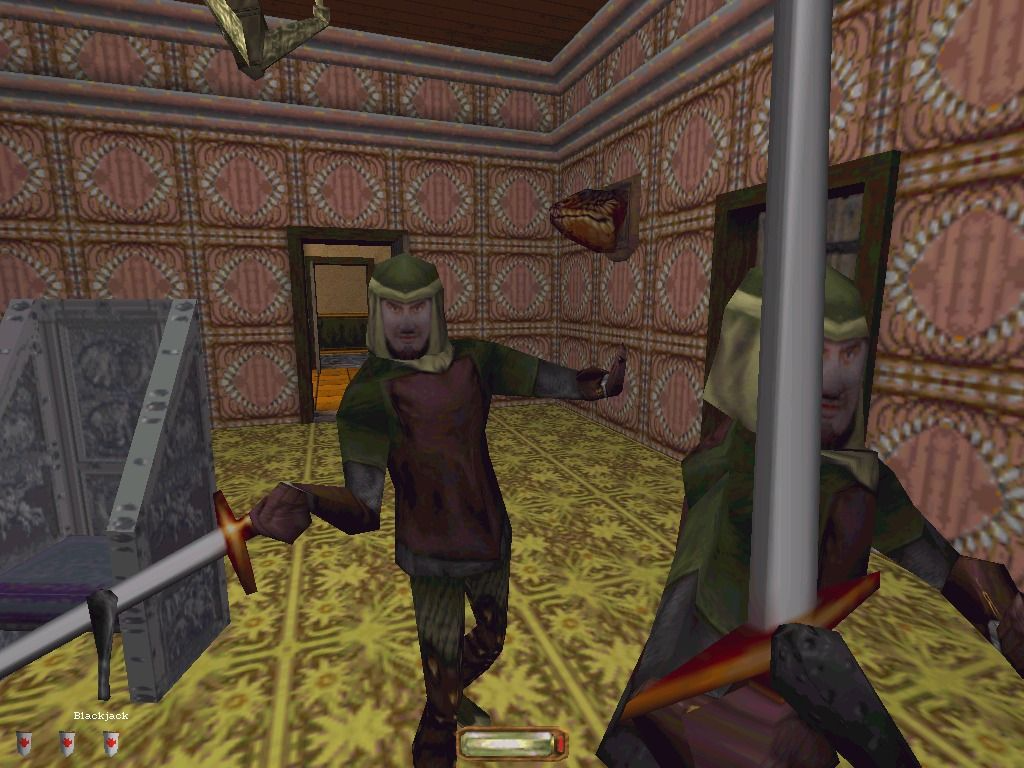
Thief: The Dark Project
Looking Glass Studios dropped this stealth-heavy FPS to Windows platforms in 1998, helping define the notion of what stealth in video games should look like along with Metal Gear Solid. Where that game focused on cones of vision and enemy patterns, Thief focused more on using light and sound to stay out of sight and distract enemies, focusing on subtlety and stealth takedowns. Games like Splinter Cell arguably owe more to Thief than they do Metal Gear Solid. Thief is also an all-timer in the pantheon of great games.
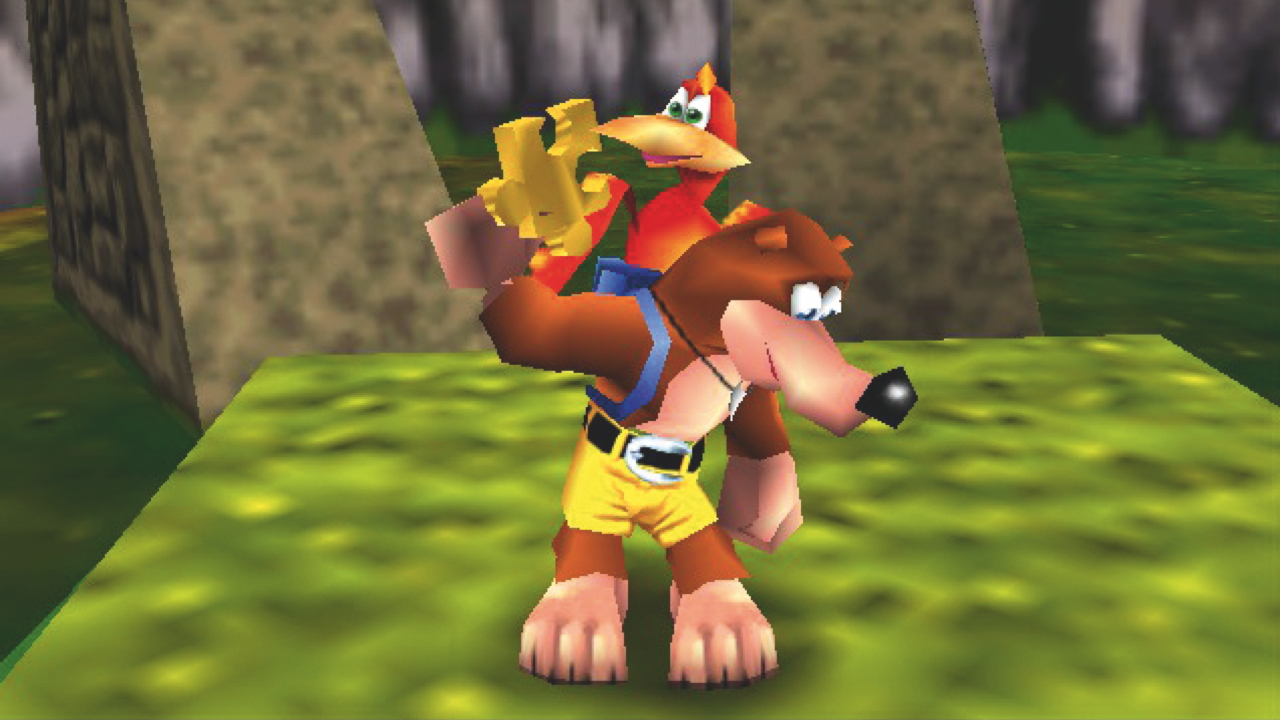
Banjo-Kazooie
Rare introduced a new IP to the Nintendo 64 with this 1998 release, which finally stole Super Mario 64’s crown as the best 3D platformer of the fifth generation. Banjo-Kazooie does everything Mario 64 does but better, with better graphics, bigger levels, better character interactions, tighter controls, and more varied gameplay and mechanics. It’s a legitimately fantastic game and the best platformer of its generation.

Grim Fandango
LucasArts dropped this gem from Tim Schafer in 1998, introducing us to the Land of the Dead and travel agent Manny Calavera. What follows is an ingenious, hilarious adventure game that’s equal parts Casablanca and, to be a bit anachronistic, Coco. It’s considered the last great adventure game to come out of LucasArts and although it was a flop, it’s become a cult classic.
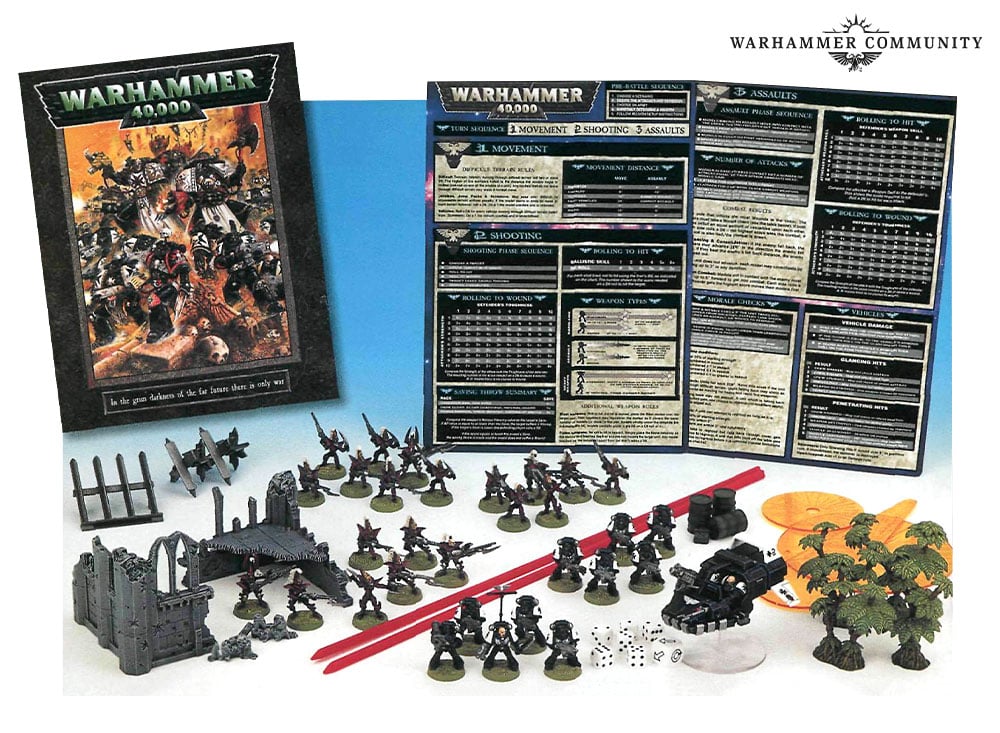
Warhammer 40,000 Third Edition
In 1998 Games Workshop dropped the third edition for Warhammer 40k, dramatically changing the game. In what was a controversial move at the time, every faction received a new index army list and the game was massively streamlined, with a major focus on movement and positioning and squad tactics over individual models. What followed was a much more fun, easy to play experience, where the game doubled in size (marines literally went from 30 points to 15) but took half the time to play.
The framework of thirdrd edition was so strong it was largely kept through 7th edition, including its streamlined AP system, unit movement values, and Warhammer fantasy-like melee mechanics which allowed for deadlier melee. While not every change to third edition was an improvement, it’s hard to understate how much better the game played in the new edition, changing things from a skirmish game to a game of armies clashing while also speeding things up.
The third edition army box introduced a new faction to the game, presaging something that would be a major theme in third edition – new factions. Dark Eldar were in the game’s boxed set, but Eldar and Tau would be introduced later on. Third edition was immensely popular and the edition enjoyed a longer life cycle than any other, lasting from 1998 to 2006. Third edition is when Games Workshop would expand more into competitive play and introduce annual rules updates and errata books called Chapter Approved.
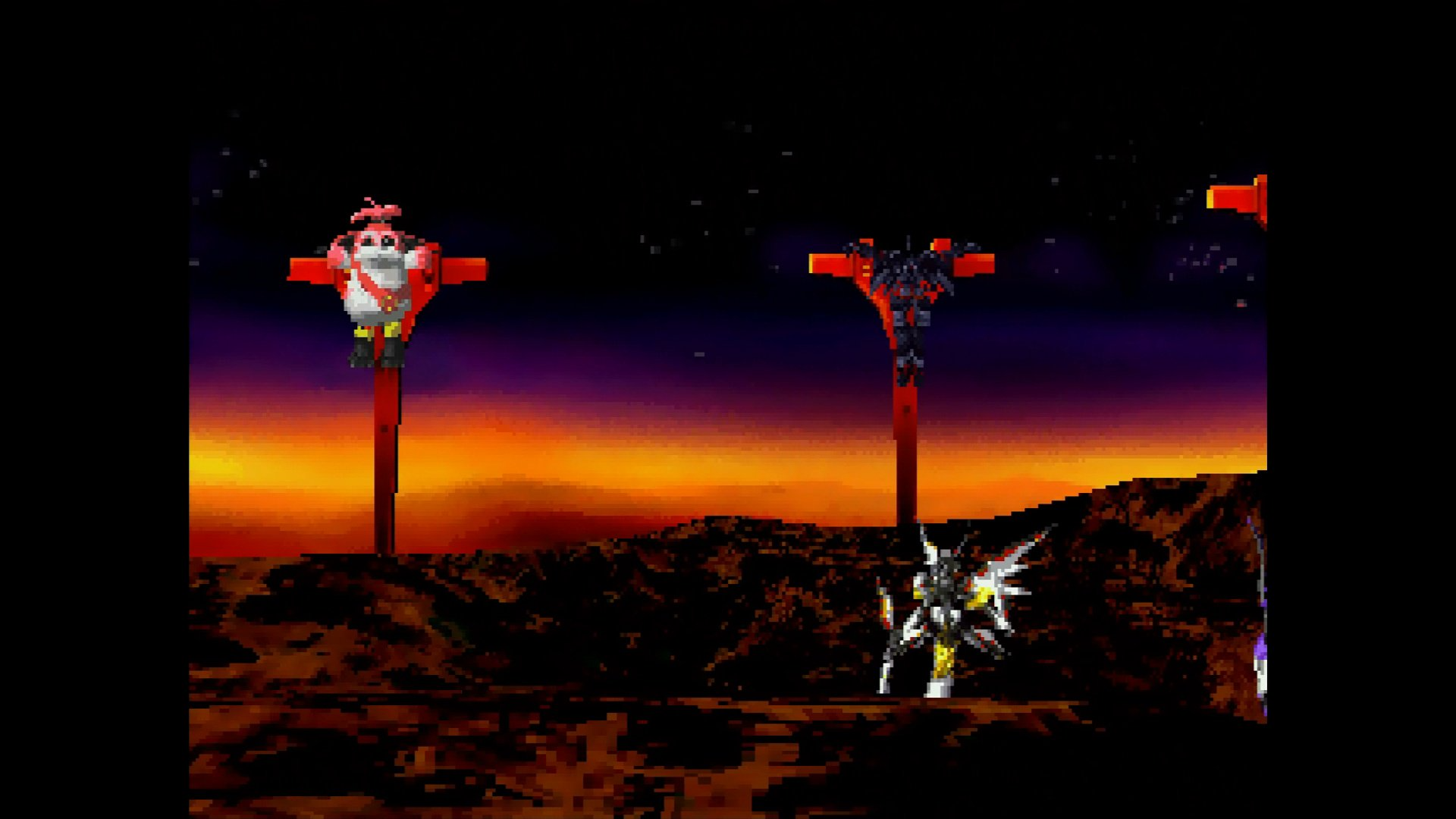
Xenogears
Xenogears is a game that sticks with you. It’s equal parts heady, ambitious, inscrutable, and ludicrous. A JRPG which combines 2D sprites with a polygonal 3D world and giant mecha, Xenogears is known for having one of the most ambitious plots of all time and also being famously unfinished. It’s become a cult classic in the years since.

Unreal
Epic’s entry to the first-person shooter genre dropped on Windows in 1998 with Unreal. The game sees players exploring an alien planet after a crash landing. It’s a solid game which also acts as a showcase for Epic’s Unreal Engine, showing off a number of key features like detail texturing which would become common later on. The thing is, it’s not just a tech demo – there’s a lot of great atmosphere, exploration, and action in the game and it still holds up. It held up so well it’d spawn one of the best multiplayer games of all time.
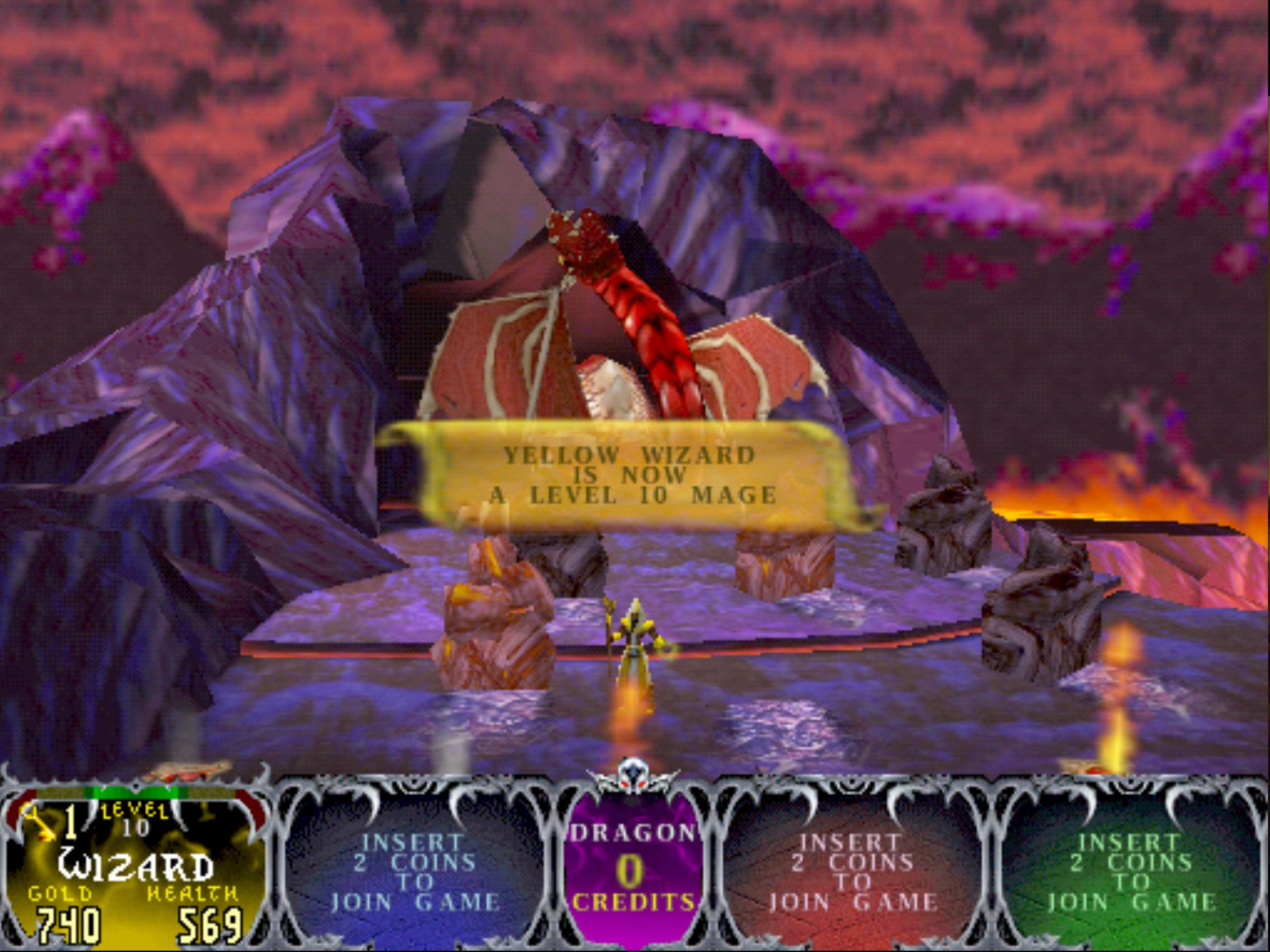
Gauntlet Legends
Atari had been pretty quiet and then in 1998 they dropped one of the greatest arcade games of all time. Gauntlet Legends is an updated version of the top-down dungeon crawler, this time rendered in full 3D. What made Gauntlet Legends so great is that your characters could level up, gaining experience and treasure, then keep those buffs by entering your initials for the character. This means that every time you came back to the arcade you could pick right back up where you left off.
Why It Was the Best Year in Gaming
Look at that list. That’s the most stacked list of games I could possibly imagine, just banger after banger, hall-of-famer after hall-of-famer, across multiple genres and platforms. The list is honestly so stacked there are a number of great A- games I didn’t even mention. Gems like Tom Clancy’s Rainbow Six, Parasite Eve, Spyro the Dragon, 1080 Snowboarding, Star Wars: Rogue Squadron, Mario Party, Turok 2: Seeds of Evil, Marvel vs. Capcom, Street Fighter Alpha 3, and Starsiege: Tribes all deserve mention.
I’m not sure it’s even possible to name a more stacked year than 1998. Yeah, it wasn’t Magic’s best year, but it was a strong year for 40k, a solid year for arcades, and the greatest year ever for video games.
This article is part of a larger series on the best year in gaming. For more years, click this link. Have any questions or feedback? Drop us a note in the comments below or email us at contact@goonhammer.com.
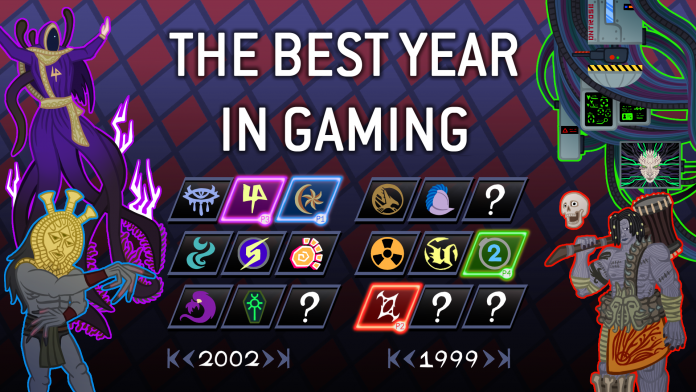


You must be logged in to post a comment.